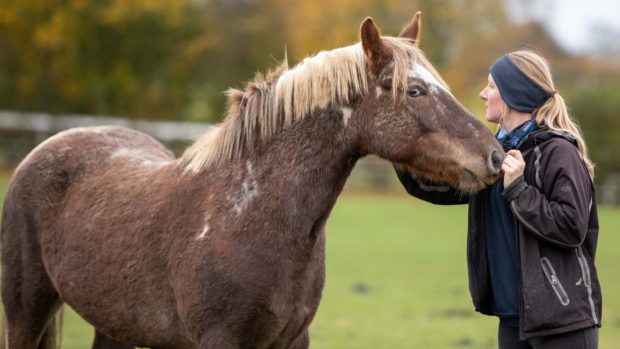Is laminitis on the rise? According to recent survey results the answer is yes.
Last month vets and farriers warned H&H readers that due to mild weather cases were “far worse” this year than last (news, 3 July). And now a survey, run by the Blue Cross, backs this up.
The National Equine Health survey (NEHS) collected data from 11,002 horses across the UK in May 2014.
The survey found that 7.1% of horses had laminitis, compared with 4.4% in 2013. Of this year’s laminitis cases, 43% were recorded as first episodes and 57% as recurrent. This compares with 25% and 75% last year.
However, the NEHS admitted that further work is needed to confirm if this rise
is representative of the total UK horse population.
“The increase may be linked to the mild winter, rainfall and warm spring,” said Gemma Taylor of the Blue Cross.
Vet Malcolm Morley, of Stable Close Equine Practice in Winchester, added: “No doubt people are more aware of laminitis and it’s really good if they take it more seriously.”
Lameness affected nearly one in five (18.5%) and most was due to joint disease and other non-foot causes. Foot lameness (not including laminitis) accounted for just a quarter of all lameness.
Other notable survey findings were the increase in the number of horses with sarcoids (5.8% in NEHS 2014 compared with 2.8% in 2013) and overweight horses (up from 7.8% of cases in 2013 to 16.9% in 2014).
First published in H&H magazine on Thursday 28 August, 2014.




